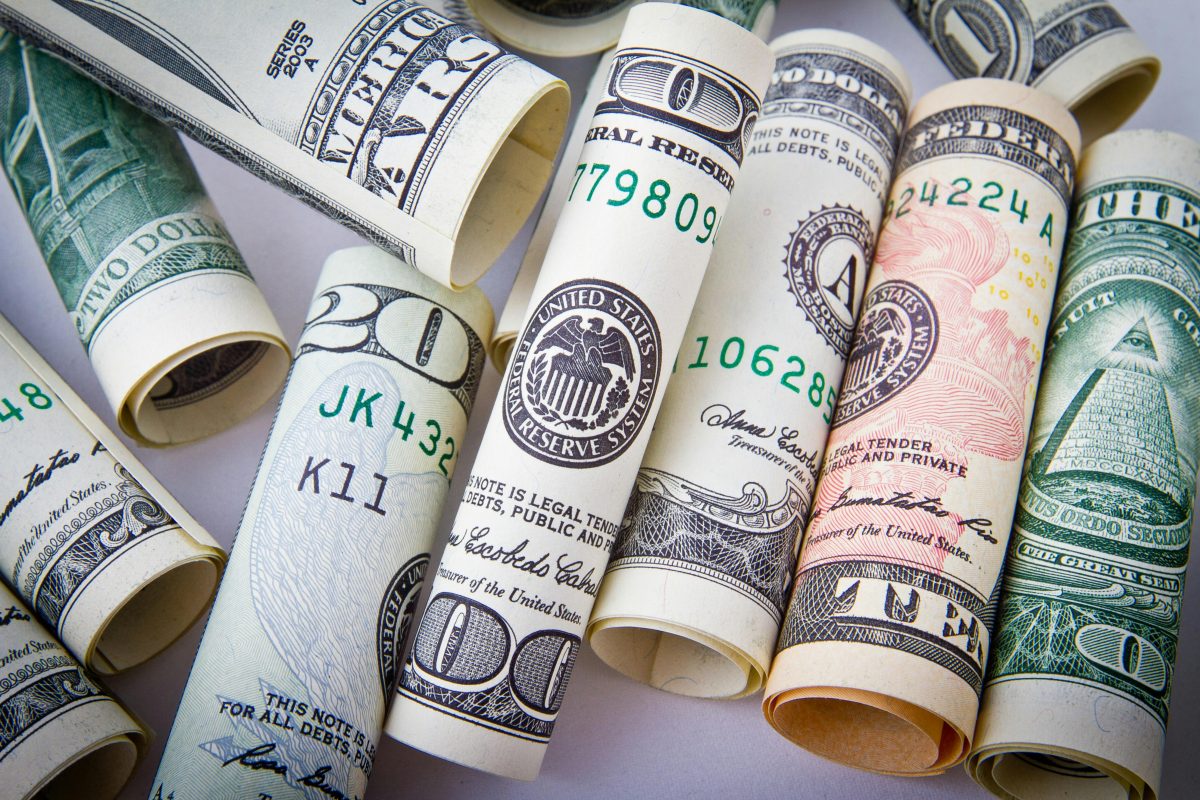As a millennial, life comes with its own set of financial challenges. You’re balancing student loan debt, rising living costs, and a job market that’s constantly shifting. However, there’s one financial safety net that can make a world of difference in your life: an emergency fund.
An emergency fund is a financial cushion that can help you manage unexpected situations such as car repairs, medical bills, job loss, or even a surprise home repair. Building an emergency fund may seem daunting, especially when you have other financial goals. But with a clear plan, it’s achievable, and it can give you peace of mind.
In this guide, we’ll break down 6 simple steps to help you build your emergency fund—no matter how tight your budget might seem.

Step 1: Set a Realistic Goal for Your Emergency Fund
The first step in building an emergency fund is deciding how much you need. While personal finance experts often suggest saving three to six months’ worth of living expenses, this may feel like a huge goal, especially when you’re just starting.
Start small—even a $500 emergency fund is a great place to begin. Once you hit that goal, you can gradually build it up. Focus on covering your most essential living expenses, such as rent, utilities, food, and transportation. Keep in mind that your emergency fund should cover necessary expenses, not luxuries.
Step 2: Break Down Your Goal Into Manageable Steps
Now that you’ve set your goal, it’s time to make it more manageable. If your target is $2,000, it may feel overwhelming, but breaking it down into smaller, bite-sized milestones can make the process much easier to manage.
For example, if you want to save $2,000 over the next 6 months, you’ll need to save roughly $333 per month. Breaking it down further, that’s just $77 a week or around $11 a day—much more attainable, right?
Pro Tip: Set up automatic transfers to a separate savings account every week or month. This way, you won’t be tempted to spend the money, and you’ll stay consistent in building your emergency fund.
Step 3: Track Your Expenses and Cut Back Where You Can
To make room for savings, take a good look at your monthly expenses. Track where your money is going by using budgeting apps (like Mint or YNAB) or by simply reviewing your bank statements.
Ask yourself:
- Are there subscriptions you no longer use or need?
- Can you reduce eating out or take fewer trips to the coffee shop?
- Are there cheaper alternatives for utilities, internet, or insurance?
By cutting back on non-essential expenses, you can free up more cash for your emergency fund without having to drastically change your lifestyle. The key is to make small, sustainable changes rather than overwhelming yourself with big sacrifices.
Step 4: Set Up a Separate Savings Account
When building your emergency fund, it’s important that you keep the money separate from your regular checking account. This will reduce the temptation to dip into your emergency fund for non-emergencies (and we all know how easy it is to justify buying that new gadget or trendy item).
Opening a high-yield savings account (HYSA) is an excellent option because it offers a higher interest rate than a traditional savings account, helping your fund grow faster. Look for accounts with no fees and easy access, but avoid linking your savings account to your main spending account to reduce the risk of using the funds prematurely.
Step 5: Make Saving a Habit
Consistency is key to building your emergency fund. Treat it like a non-negotiable bill you need to pay each month. Even if you can only spare $50 or $100 at first, making regular contributions will add up over time. As you grow your emergency fund, consider increasing your monthly savings as you receive raises or additional income sources, like side hustles or tax refunds.
Another way to build your emergency fund faster is by allocating any windfalls—like bonuses, tax refunds, or unexpected gifts—directly into your savings. This can be a quick way to boost your fund without affecting your regular budget.
Step 6: Stay Disciplined, But Don’t Be Discouraged
Building an emergency fund isn’t a sprint; it’s a marathon. Life will throw curveballs at you, and there may be months when saving feels impossible. If you miss a deposit or find yourself spending more than you intended, don’t beat yourself up—just get back on track the next month.
Stay disciplined, but remain flexible with your savings goals. It’s important to remember that the emergency fund is there to give you financial peace of mind, not to add more stress.
Final Thoughts
Building an emergency fund is one of the most important steps toward financial security. While it can be a challenge, especially with competing financial priorities, taking small, consistent actions can help you get there.
By setting a realistic goal, breaking it down into manageable steps, tracking your spending, and making saving a priority, you’ll be on your way to building a solid emergency fund. The peace of mind that comes with knowing you’re prepared for life’s unexpected twists is priceless.
Start today, and remember: every dollar you save brings you one step closer to financial freedom. You’ve got this!
What’s your top tip for building an emergency fund? Share your thoughts in the comments below—we’d love to hear from you!

Very good https://is.gd/tpjNyL
Awesome https://lc.cx/xjXBQT
mdef2h